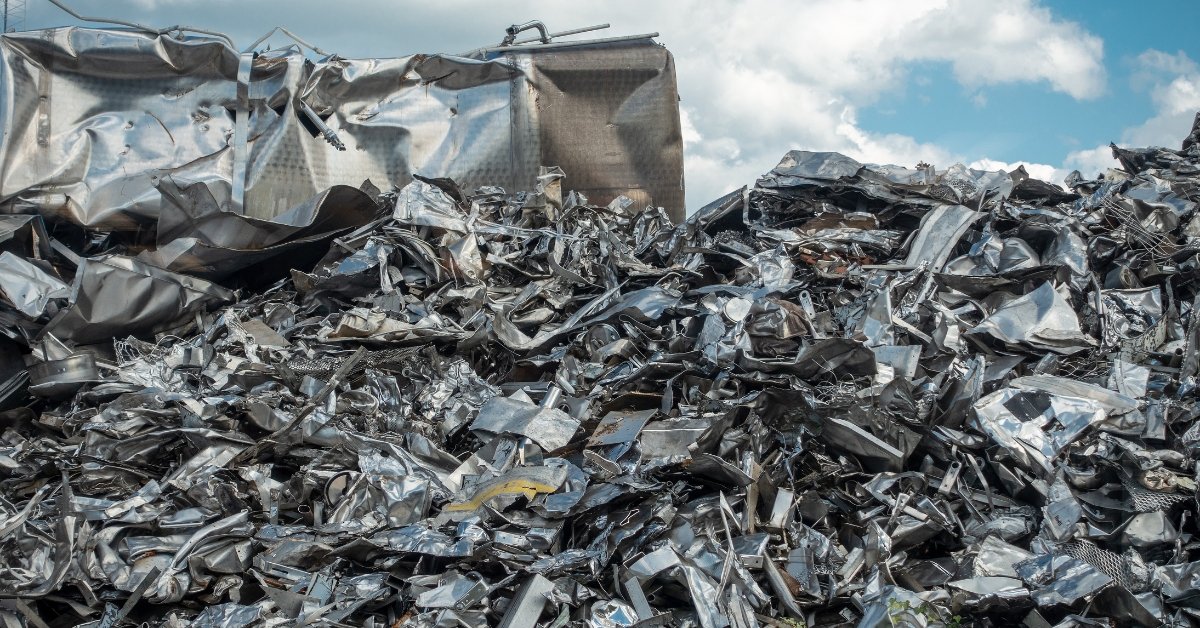Explore the 2023 forecast for the stainless steel melting scrap market. Uncover trends, driving forces, and growth projections in the recycling industry.
Table of Contents
Introduction to Stainless Steel Melting Scrap
Stainless steel melting scrap is an essential commodity in the metal recycling industry, enabling new stainless steel products to be produced through recycled materials.
Renowned for its durability and corrosion resistance, stainless steel is an alloy primarily composed of chromium and nickel.
Various sources generate stainless steel melting scrap, including industrial manufacturing, construction, and end-of-life products.
Process and Importance of Recycling
Before recycling, the scrap is meticulously sorted by grade and composition, ensuring that the various properties, such as corrosion resistance, are maintained.
After sorting, the scrap undergoes melting, forming the foundation for new products like slabs, coils, and bars.
This cycle considerably reduces the need for mining new raw materials, conserving energy and resources, and mitigating greenhouse gas emissions.
Global Trends and Market Forces
Recent statistics show a 5.2% decline in global stainless steel melt shop production last year, marking the first such reduction since 2009.
Despite these challenges, primarily driven by global economic slowdowns and geopolitical factors, the demand for stainless steel melting scrap remains robust.
The key market contributors were countries like Germany, the Netherlands, and the United States, with nations like India, Belgium, and Finland emerging as top importers.
Future Projections for 2023
Expectations are bullish for the stainless steel melting scrap market in 2023.
Influencing this positive outlook are several factors, including the rising demand for stainless steel products in emerging markets and constraints in the supply of stainless steel scrap.
The escalating costs of raw materials like chromium and nickel also play a crucial role in steering the market.
Driving Forces and Emerging Trends
A confluence of trends is set to shape the market landscape in 2023:
- Adoption of Electric Arc Furnaces (EAFs): The increased utilization of EAFs, known for their energy efficiency and environmental benefits, is a notable trend. EAFs, capable of employing a substantial proportion of scrap metal, signify a transformative shift in stainless steel production.
- Preference for High Recycled Content: A growing inclination towards stainless steel grades enriched with a higher recycled scrap metal content is evident. These varieties stand out as more affordable and sustainable.
- Investment in Recycling Infrastructure: A surge in investment towards bolstering stainless steel recycling facilities underscores a commitment to meet the escalating demand for recycled scrap metal.
Conclusion: A Sustained Market Growth
In conclusion, the stainless steel melting scrap market is poised for a resilient growth phase in 2023.
Influenced by technological advancements, market demands, and investment patterns, the trajectory appears firmly directed toward sustained progress and innovation.
At THOUSIF EXIM, we are experts in taking your business global. We navigate international markets to help you expand effortlessly. Ready to break boundaries and boost your business? Contact us today, and let us conquer the world together!







